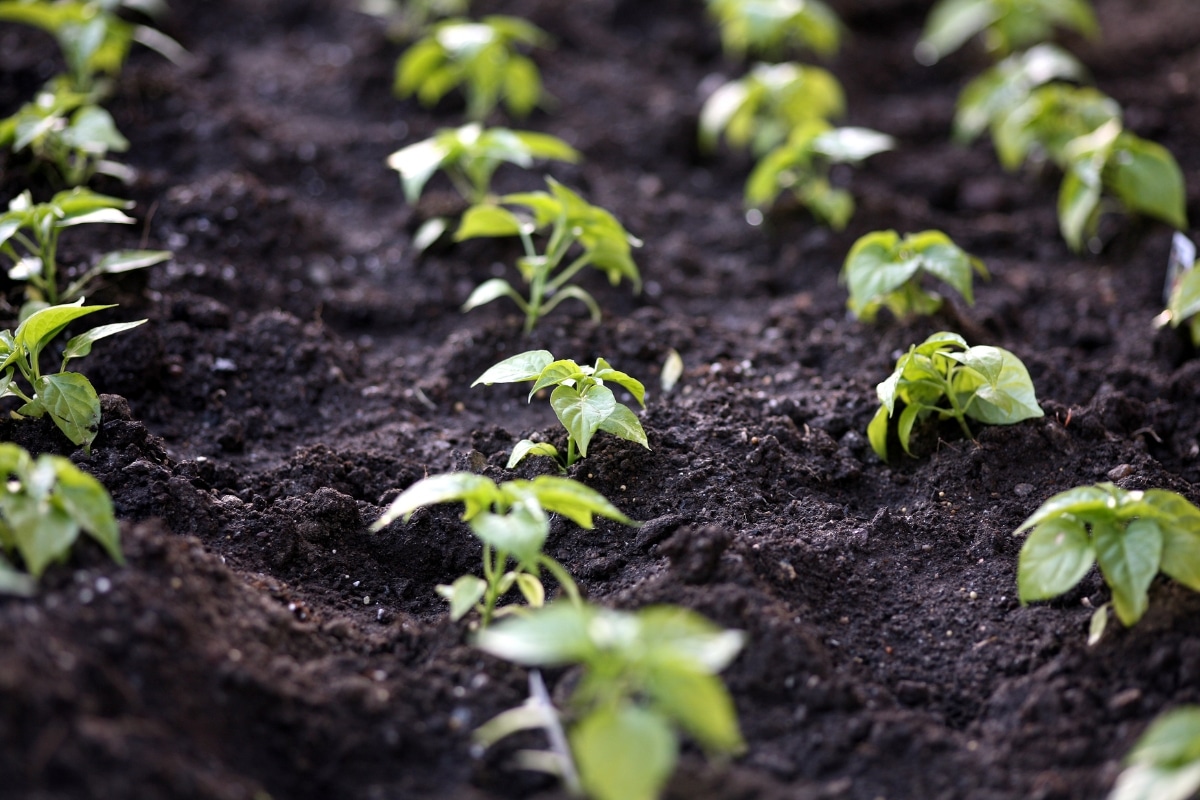
The secret of fertile and productive soil!
If you’re new to gardening, you’ve probably already heard about the need to vary plantings in the same area depending on the season. This technique is called crop rotation. This is an ancient practice that offers many benefits to the health of your soil.
What is crop rotation?
This technique, also called rotation, It consists of different cultures (fruits and vegetables), to avoid soil depletion.
For reading
Gardeners alert! How to protect your soil from erosion and its damage!
This method takes into account the specific nutritional needs of each type of crop. For example, after planting plants with high nitrogen demand, it is better to choose the next Plants that help fix nitrogen in the soil Rather than those with similar nitrogen requirements.
What are the advantages of this practice?
This traditional strategy is very effective and has many advantages:
- Improving soil fertility : This technique helps regulate soil nutrients. By changing the types of plants grown, you can compensate for deficiencies and limit excess nutrients, making your soil more balanced.
- Increase return : Thanks to plant diversification, the soil is better exploited, which can lead to an increase in yield of up to 25%.
- Disease prevention : Growing the same plants continuously attracts certain pests. By changing crops regularly, you break the life cycle of these pests, thus reducing their presence.
- Protection against corrosion Using cover plants prevents the movement of soil particles, thus protecting them from erosion.
- Reducing weeds Crop rotation is a natural strategy to prevent the proliferation of unwanted plants.
How to determine crop rotation?
To implement this practice, here is a simple method based on the needs of different types of vegetables:
- Leafy vegetables Like lettuce: it needs soil rich in nitrogen.
- Root vegetables Like carrots and turnips: they require little fertilizer, but they consume a lot of nutrients from the soil.
- Seed vegetables Such as corn and beans: These plants enrich the soil by providing nitrogen.
- Fruitful vegetables Like peppers and tomatoes: greedy, they need soil rich in nutrients.
To organize your space properly, Divide your vegetable garden into four zones. Every year the category of vegetables grown in each region is changed according to this sequence:
For reading
Discover the perfect flooring for a perfect kitchen!
- Year 1 : leafy vegetables.
- Year 2 Root vegetables.
- Year 3 : Vegetable seeds.
- Year 4 : Fruitful vegetables.
Now that you have this knowledge in hand, you’re ready to enjoy the benefits of crop rotation in your vegetable garden.

“Incurable web evangelist. Hipster-friendly gamer. Award-winning entrepreneur. Falls down a lot.”
